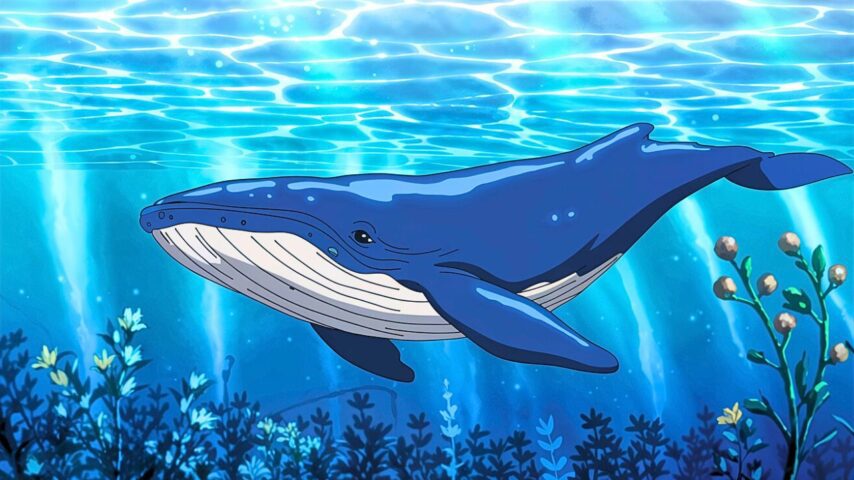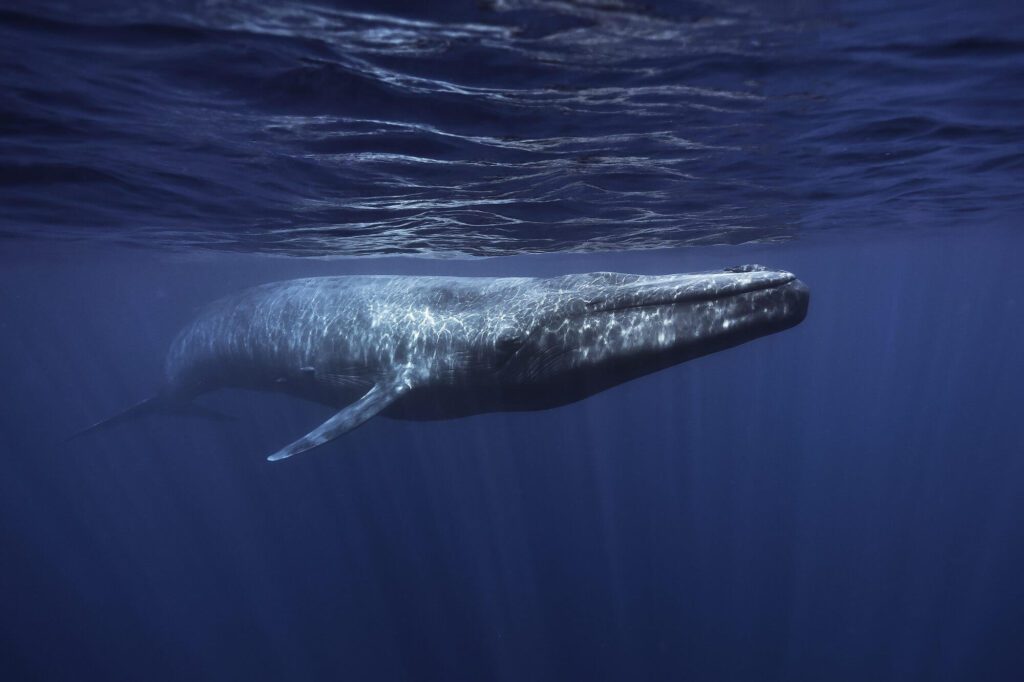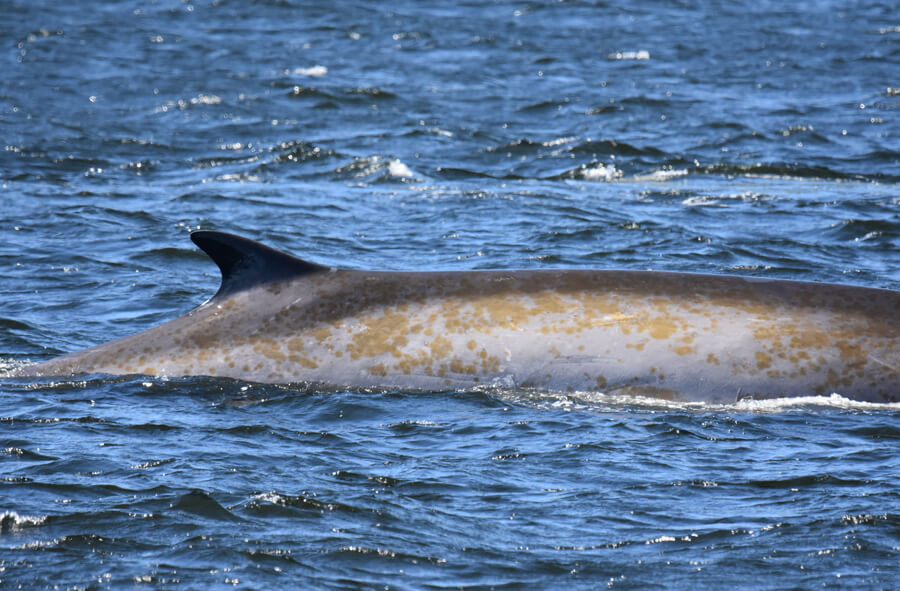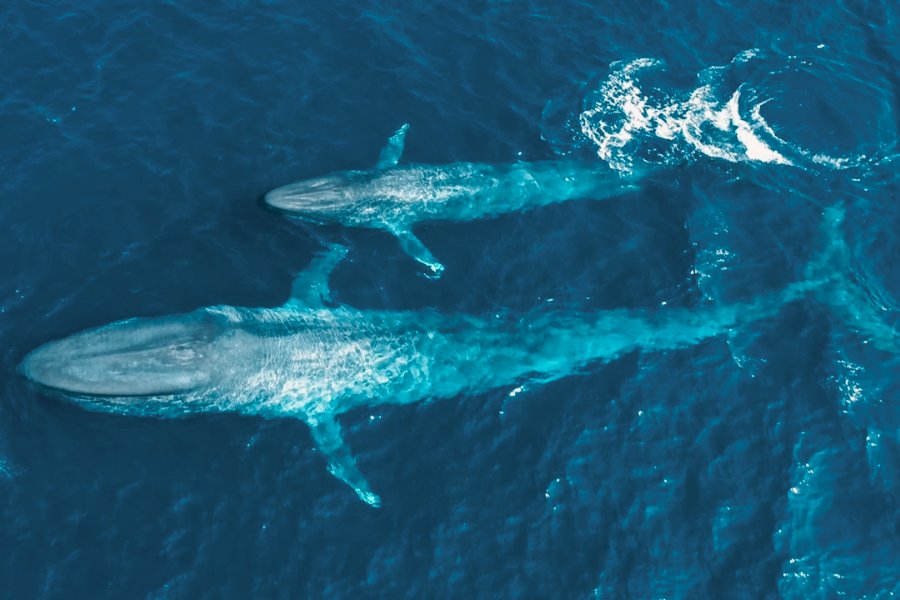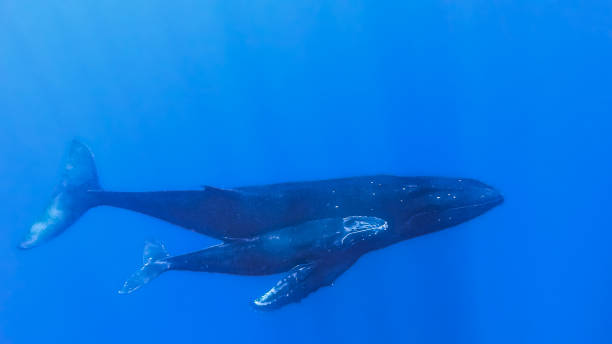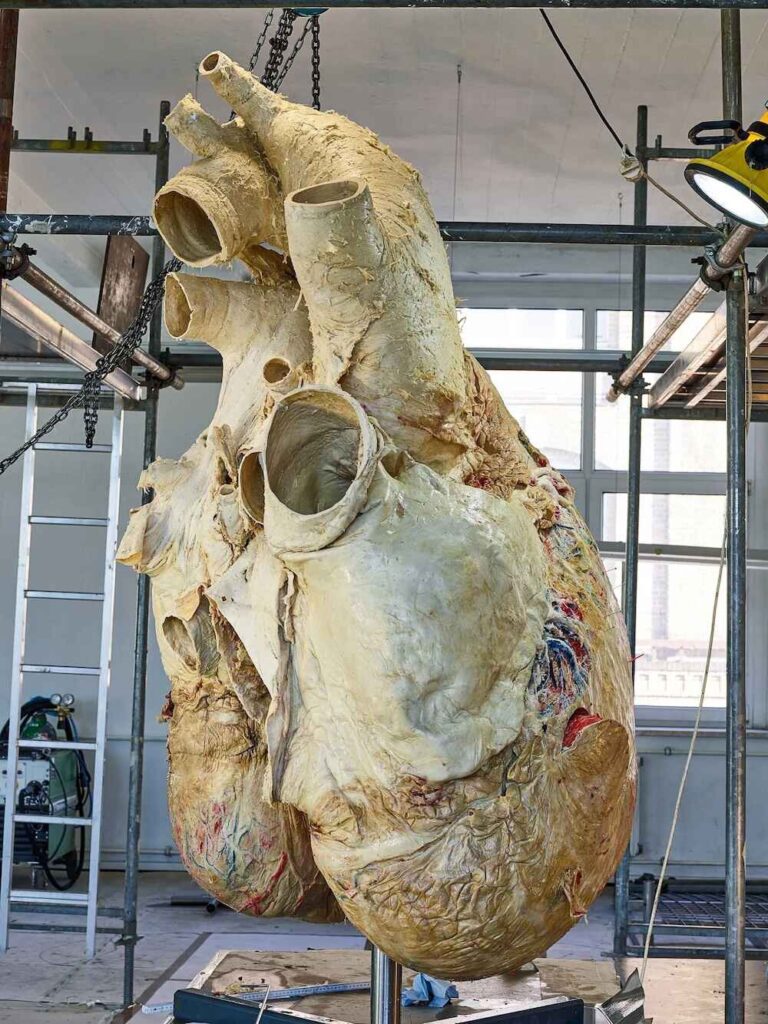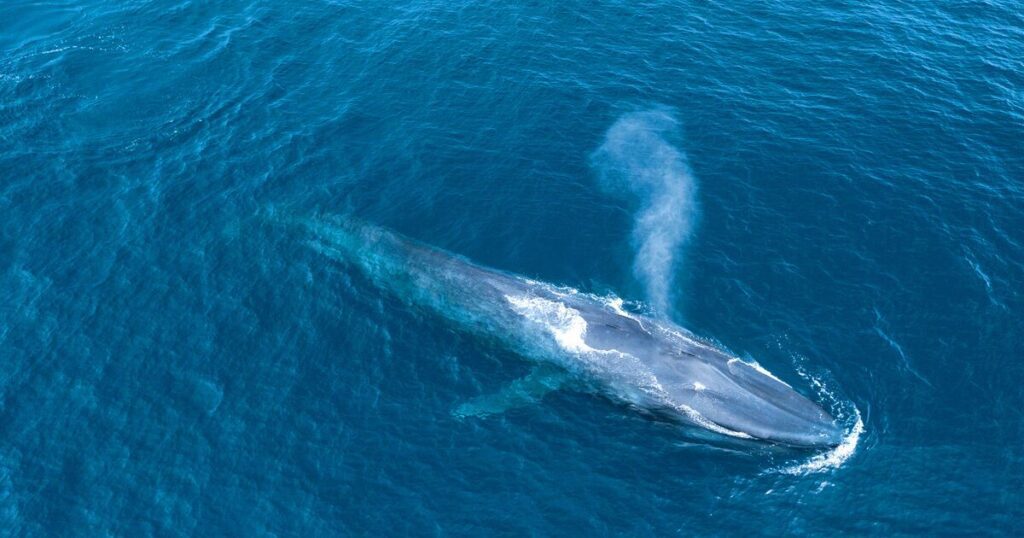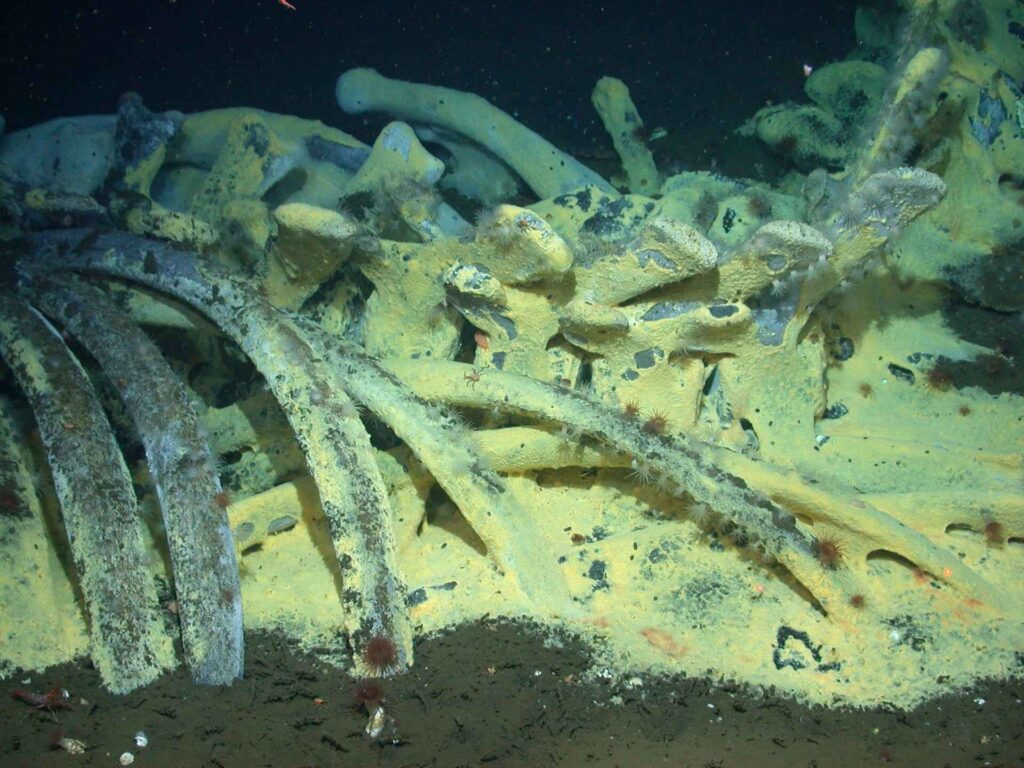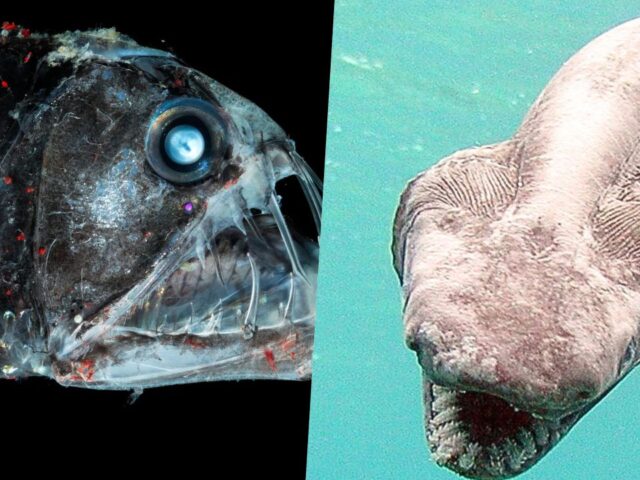Blue whales, the gentle giants of the ocean, are the largest animals that have ever lived on Earth. These amazing creatures have fascinated people for centuries with their massive size, haunting calls, and mysterious ways. In this article, we’ll dive into 10 incredible facts about blue whales that will leave you amazed by these remarkable marine mammals.
Table of Contents
- 1. Blue Whales Are the Largest Animals on Earth
- 2. Blue Whales Have Unique Skin Coloration and Patterns
- 3. Blue Whales Are Incredibly Loud
- 4. Blue Whales Have a Specialized Diet
- 5. Blue Whales Undertake Long Migrations
- 6. Blue Whale Calves Are Born Big
- 7. Extraordinary Heart of Blue Whale
- 8. Blue Whales Have Impressive Diving Abilities
- 9. Blue Whales Have Long Lifespans
- 10. They Play a Vital Role in Marine Ecosystems
1. Blue Whales Are the Largest Animals on Earth
If asked to guess the largest animal ever, most people might think of an extinct giant like a mammoth or dinosaur.
Surprisingly, the largest animal ever isn’t extinct—it’s the blue whale. They can grow over 30 meters (100 feet) long and weigh as much as 180,000 kilograms (400,000 pounds)!
A blue whale’s heart is about the size of a small car and beats loudly enough to be heard from 3,000 meters (about 2 miles) away. Its mouth is so huge it could fit about 100 people, and its main arteries are wide enough for a basketball to float through.
Interestingly, blue whales are still getting bigger. This isn’t due to pollution or anything dangerous. Instead, it’s because global warming has led to warmer ocean currents, which help increase the amount of krill (small shrimp-like animals) in the whales’ habitat. With more krill to eat, blue whales are growing larger rather than smaller, unlike many other mammals today.
2. Blue Whales Have Unique Skin Coloration and Patterns
Even though they’re called blue whales, these whales are actually a grayish-blue color. When they’re underwater, they can look bright blue because of how light bends in the water.
Each blue whale has a unique pattern of spots and markings on its skin, like human fingerprints, which scientists use to tell them apart.
Sometimes, the undersides of blue whales appear yellowish. This is due to tiny algae, called diatoms, that stick to their skin in colder waters. This yellow tint has even earned them the nickname “sulfur-bottom” in some places.
3. Blue Whales Are Incredibly Loud
Blue whales are not just the largest animals on Earth; they’re also the loudest. Their calls can reach up to 188 decibels, which is even louder than a jet engine and far exceeds the human pain threshold (120 decibels).
These deep sounds, with frequencies so low that some are below the range of human hearing, can travel hundreds of miles through the ocean, helping blue whales communicate with each other, find their way, and possibly even stun small prey.
In fact, their calls are so powerful that they can cross entire ocean basins, allowing blue whales to stay connected over vast distances and find mates even when separated by hundreds of miles.
Each population of blue whales has its own unique style or “dialect” in their songs. Marine biologists have studied these sounds in-depth to learn more about how these giants live and interact in the vast ocean.
Some scientists even believe that these songs may help them navigate, like an underwater sonar, using echoes to detect nearby objects.
4. Blue Whales Have a Specialized Diet
Despite their enormous size, blue whales feed primarily on some of the smallest creatures in the ocean – tiny shrimp-like animals called krill.
This specialized diet is made possible by their unique feeding structure, known as baleen plates. Blue whales have 300-400 baleen plates on each side of their upper jaw instead of teeth.
These plates, made of keratin (the same protein found in human hair and nails), hang from the upper jaw and act as a sieve to filter out krill from the water.
During feeding season, a blue whale can consume up to 6 tons (5.4 metric tons) of krill per day. To accomplish this feat, they use a technique called lunge feeding.
The whale accelerates towards a school of krill, opens its mouth wide, and takes in a massive volume of water and krill. It then closes its mouth and pushes the water out through its baleen plates, trapping the krill inside.
This efficient feeding method allows blue whales to gain enough energy to sustain their massive bodies and build up fat reserves for long migrations.
5. Blue Whales Undertake Long Migrations
Blue whales live in all the world’s oceans except the Arctic and follow a regular pattern of migration between feeding and breeding areas.
In summer, they go to cold, nutrient-rich waters near the poles to feed, where they consume massive amounts of krill to build up energy reserves for the long journey.
When winter comes, they move closer to the equator to warmer waters where they mate and give birth, providing a safer, more comfortable environment for their young calves, who are born without the thick layer of blubber needed to survive in colder waters.
Some blue whales travel over 10,000 miles round-trip every year during this migration, making them some of the longest-distance travelers in the animal kingdom.
Interestingly, not all blue whales follow the same routes—some groups, like those in the Indian Ocean, stay in warm tropical waters all year and don’t migrate as far.
Blue whales were once on the brink of extinction due to extensive commercial whaling in the 19th and early 20th centuries. It is estimated that their population was reduced by up to 90% before international protection was put in place in 1966. The recovery of blue whale populations has been slow but steady, with current global estimates ranging from 10,000 to 25,000 individuals.
6. Blue Whale Calves Are Born Big
Blue whale calves are born after a gestation period of 10 to 12 months, and they’re already enormous at birth. They can be up to 25 feet (8 meters) long and weigh between 6,000 and 8,000 pounds (2,700-3,600 kg), making them some of the largest animals on Earth from the moment they’re born.
What’s even more amazing is how quickly they grow. During their first 6-7 months, blue whale calves drink only their mother’s milk, which is extremely rich in fat—about 50% fat.
This helps them gain around 200 pounds (90 kg) every single day. A blue whale mother produces more than 50 gallons (200 liters) of milk each day to meet her calf’s needs.
This fast growth is essential for the calf’s survival, helping it build up the strength and size needed to join long migrations and face the challenges of the open ocean.
7. Extraordinary Heart of Blue Whale
The blue whale’s heart is truly a marvel of nature. Weighing up to 400 pounds (180 kilograms), it is the largest heart of any animal on Earth.
This massive organ beats only 4 to 8 times per minute when the whale is diving, compared to 60 to 100 beats per minute in humans.
Despite its slow rate, the blue whale’s heart is incredibly efficient, pumping about 10 tons of blood through the whale’s body with each beat.
The size and structure of the blue whale’s heart are adaptations that allow it to dive to great depths and withstand the immense pressure of the deep ocean.
During a dive, the whale’s heart rate can slow to as low as two beats per minute, conserving oxygen and allowing the whale to stay submerged for extended periods.
8. Blue Whales Have Impressive Diving Abilities
Blue whales are excellent divers and can dive deeper than 500 meters (1,640 feet) to find their favorite food, which is krill. Most of their dives last about 10 to 20 minutes, but they can hold their breath for up to 35 minutes if needed.
Like all mammals, blue whales need to come to the surface to breathe. They are very good at breathing, as they can exchange 80-90% of the air in their lungs with each breath.
When they come up to breathe, they release a huge spray of mist from their blowholes that can shoot up to 30 feet (9 meters) into the air. This impressive display can often be seen from a distance.
Interestingly, they can use their blowholes to communicate with each other, as the sound of the mist can carry for long distances in the water.
9. Blue Whales Have Long Lifespans
Blue whales are some of the longest-lived mammals on Earth, living around 80 to 90 years on average.
Scientists can figure out how old a dead blue whale was by counting the layers of waxy earplugs that build up in their ear canals as they grow, much like how you can count the rings in a tree to find out its age.
The oldest blue whale ever recorded was about 110 years old, and scientists figured this out by examining these earplugs.
However, it’s hard to know exactly how long blue whales live because studying these giant animals throughout their whole lives is very challenging.
Many blue whales spend most of their lives deep in the ocean, making it difficult for researchers to keep track of them.
10. They Play a Vital Role in Marine Ecosystems
Blue whales, being the largest animals in the ocean, play an important role in keeping marine ecosystems healthy and balanced.
When they feed, blue whales help spread nutrients throughout the ocean. This process is known as the “whale pump.”
As they dive deep to eat and then come back up to breathe, they release nutrient-rich waste near the surface. This waste helps fertilize phytoplankton, tiny plants that are the foundation of the marine food web.
When blue whales die and their large bodies sink to the ocean floor, they create what are called “whale falls.” These whale falls provide a lot of food for various sea creatures and help recycle nutrients in the deep sea.
Because of their important roles in the ocean ecosystem, protecting blue whales and their habitats is crucial for maintaining the diversity of life and the health of our planet’s oceans.

